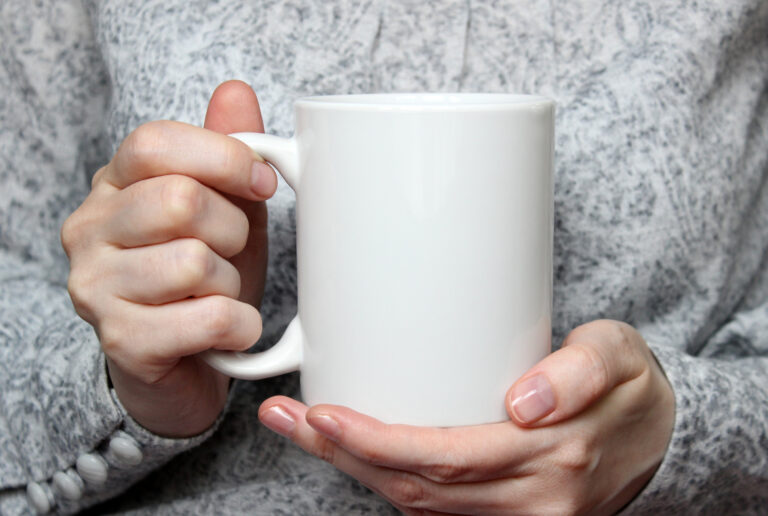Marketing your business with custom promotional products is a slow process, and you can’t easily measure your success in simple terms of profit and loss. The goal of promotional marketing is to boost outreach and recognition, creating a long-term source of new business.
Roughly eight in 10 people own between one and 10 promotional items. Of those people, 53 percent use a promotional product on a weekly basis. Through repeat contact with your branded items, people become familiar with your business.
Yet, it isn’t effective to simply flood your community with freebies featuring your logo. One in five people throws out promotional products they don’t want. Will people use your branded items on a regular basis or just toss them into a pile of unused trinkets?
Promotional items are only valuable to you — the business owner — when they provide a return on investment. Always choose items that are useful to your customers.
People will be motivated to keep your promotional products longer, which exposes your brand to many other potential customers. You might rope in a few solid leads with a catch-all strategy, but you’re guaranteed to get positive results if promotions are tailored to your audience.
Follow these tips to choose the right promotional products for small business, so you can make every marketing dollar count.
Have a Clear Objective in Mind
Know what you want to accomplish before dipping into your marketing budget. Otherwise, you could end up wasting money on promotional items no one really wants.
What is your ideal outcome for a promotional campaign? Are you trying to increase brand recognition in your area or get people interested in a new business? Looking to acquire a few high-value customers within a specific timeframe?
Your goals should determine how much money and effort you devote to the project. Designing personalized promotional items is a smart way to target a niche market when you have high-end products or a highly refined audience.
On the other hand, simple, low-cost promotional items make sense for spreading brand awareness among a general audience. In the US alone, roughly 90% of people remember who gave them a promotional T-shirt. These products are attractive and visual, making them a great choice for reaching as many people as possible.
Start With Popular Product Categories
In many ways, you have unlimited options for creating custom promotional products. The Coca-Cola Company once installed “happiness” vending machines around the world that gave out freebies, offered words of encouragement, and performed good deeds.
Obviously, a small business won’t resort to such extremes, but it’s possible to create branded versions of just about any item. However, it may involve a lot of trial and error to find an out-of-the-box promotional product that delivers the results you want.
In the meantime, get inspiration from popular products that have a high rate of success across diverse customer segments. The 2016 Global Advertising Specialties Impressions Study revealed useful insights about promotional products people love.
- 58 percent of people in the US own promotional T-shirts
- 53 percent own promotional drinkware
- 50 percent own promotional bags, writing instruments, or outerwear
- 45 percent own promotional USB drives
- 41 percent own caps and headwear
- 41 percent own promotional desk supplies
- 29 percent own promotional calendars
Choose a product that offers the most functional value to your customers. For added impact, try to go with an option that relates back to your industry. If your customers are mainly business professionals, they might find desk supplies and USB drives more useful than a shirt.
Learn Everything You Can About Your Audience
The more you understand about your customers, the easier it is to make a lasting impression that keeps your business top of mind. Factors such as age, gender, family status, and occupation play a big role in how customers view the value of promotional products.
Think about the type of people you’re targeting and the lifestyles they lead. Are you selling to consumers or businesses? Men or women? Young adults or older adults? Parents or pet owners? How about athletes? Business professionals? Skilled tradespeople? Consider these key findings from the Advertising Specialty Institute.
- Promotional pens offer the best balance of cost and marketing impressions
- Women between 18 and 24 are more likely to own bags with a logo
- Rural and older adults are more likely to own promotional calendars
- Younger adults between 18 and 34 own more promotional desk supplies
- Suburban and rural consumers are more likely to own logoed drinkware
- Men are more likely to own promotional USB drives and outerwear
While these insights are a great starting point, your personal experience with your customers is the best source of information. Pay attention to what works, and get feedback from your customers to find out which products they like to keep around.
Make Longevity Your Top Priority
The biggest benefit of using promotional products is their ability to become a routine part of your customers’ lives. When customers use your product several times a week, your branding lands in front of new people. Repeat contact helps to spark interest in people who aren’t familiar with your business, encouraging them to seek you out when they have a relevant need.
In order to trigger this ongoing sales funnel, you have to create products with staying power. How do you do that?
- Make It Wearable: In general, wearables have the highest success rate because they display your branding in a bold, visual manner. However, shirts, hats, and outerwear have the most pressure to be attractive and non-salesy. Instead of overpowering wearables with giant logos, use eye-catching graphics or taglines that relate to your business without pushing products.
- Match the Environment: Environmental targeting is choosing a product designed to be used in your customer’s home or work environment. For example, the average person keeps promotional desk supplies for 14 months and calendars for 12 months. If you make a product intended for daily use, customers have more incentive to keep it.
- Solve a Problem: Put utility first, and hand out products that solve a common problem for your customers. Do your customers frequently sign documents? Constantly charge electronics? Engage in a lot of physical activities? Most people keep pens, power bricks, USB drives, and drinkware because they fulfill an ongoing need.
Measure Your Progress
The work you put into creating great promotional items is pointless if you aren’t measuring your return on investment. To be fair, it isn’t easy to know whether customers are using your product or follow up with everyone who comes in contact with your branded items.
However, you can use surveys and other forms of feedback to gather insight into your marketing efforts. Find out who referred new customers, and ask them if they have ever seen or received promotional products from you.
Go a step further, and thank existing customers who continually drive more business your way. Talk to loyal customers about their favorite types of promotional products. If you offer them freebies tailored to their interests, customers have even more incentive to say positive things about your business.
What products have worked best for your business? Comment below! Ready to brand your business but need help? Visit freelogoservies.com to get started!







